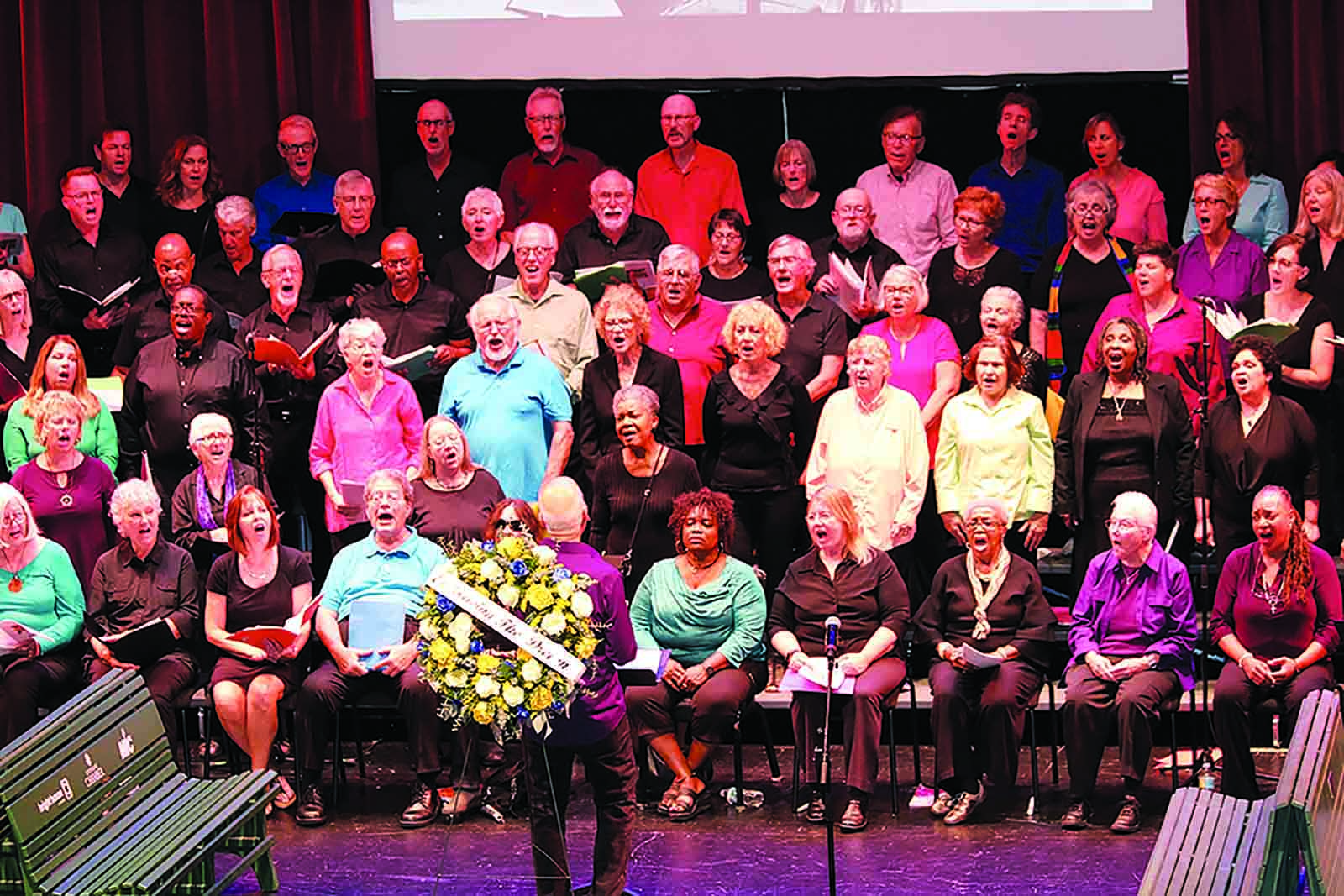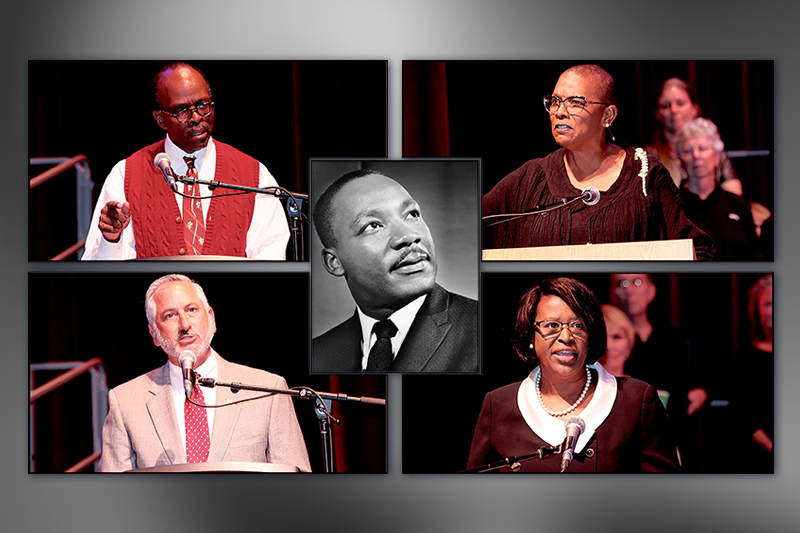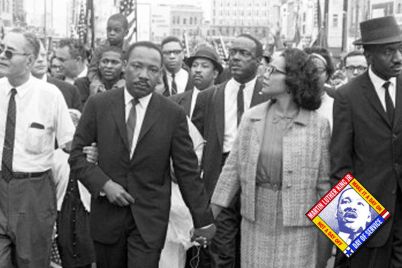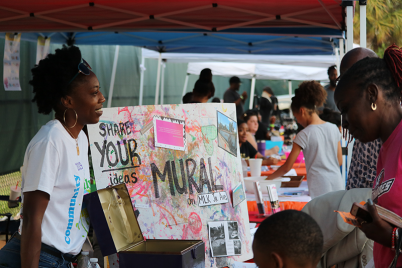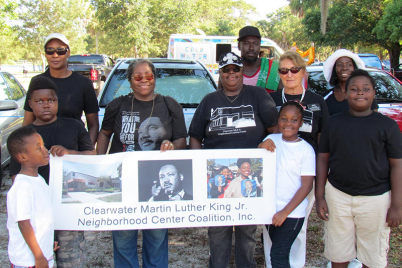BY RAVEN JOY SHONEL, Staff Writer
ST. PETERSBURG – Wednesday marked the 50th anniversary of the April 4, 1968, assassination of Martin Luther King Jr. The life of the nation’s greatest freedom fighter was cut short by an assassin’s bullet. The tragic moment occurred while Dr. King stood on the second-floor balcony of the Lorraine Motel in Memphis, Tenn.
Reflections on Dr. King’s life and death were held all over the country, and St. Pete was different. The Dr. Carter G. Woodson African American History Museum in partnership with One City Chorus and Studio@620 hosted a tribute commemorating the life of Dr. King at the Palladium Theater Wednesday night.
One City Chorus, under the direction of Jon Arterton, Sharon Scott, Alex Harris and others provided the music for the evening. They captured the Civil Rights Movement in song, stirring the crowd to get on their feet.
